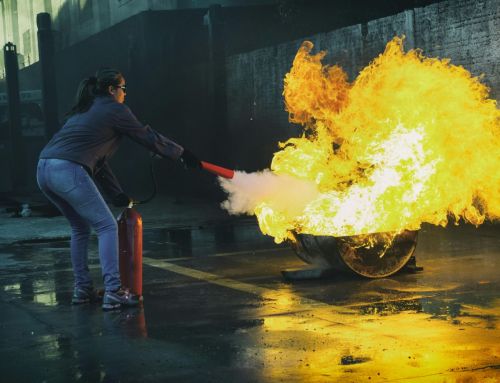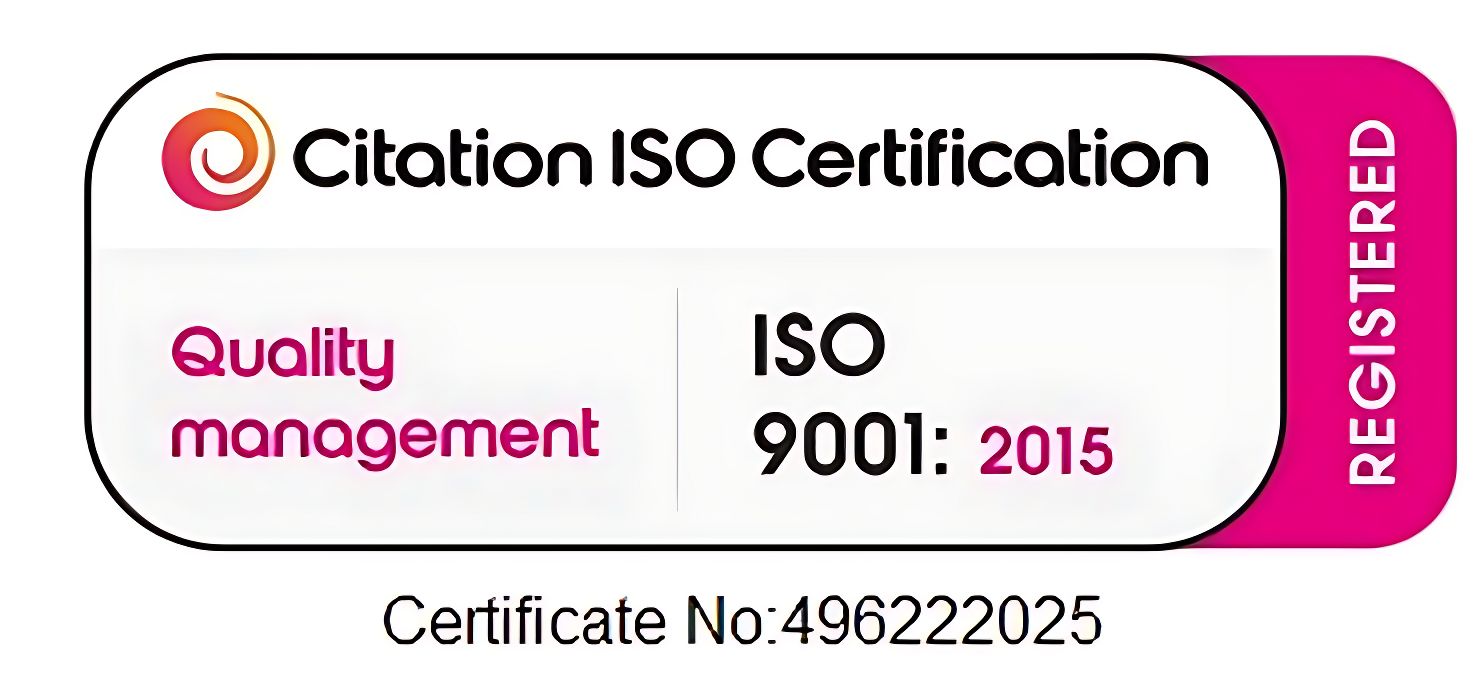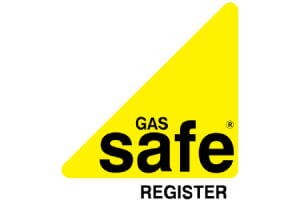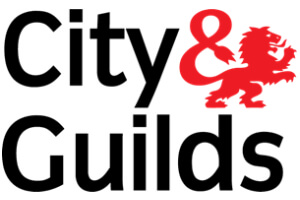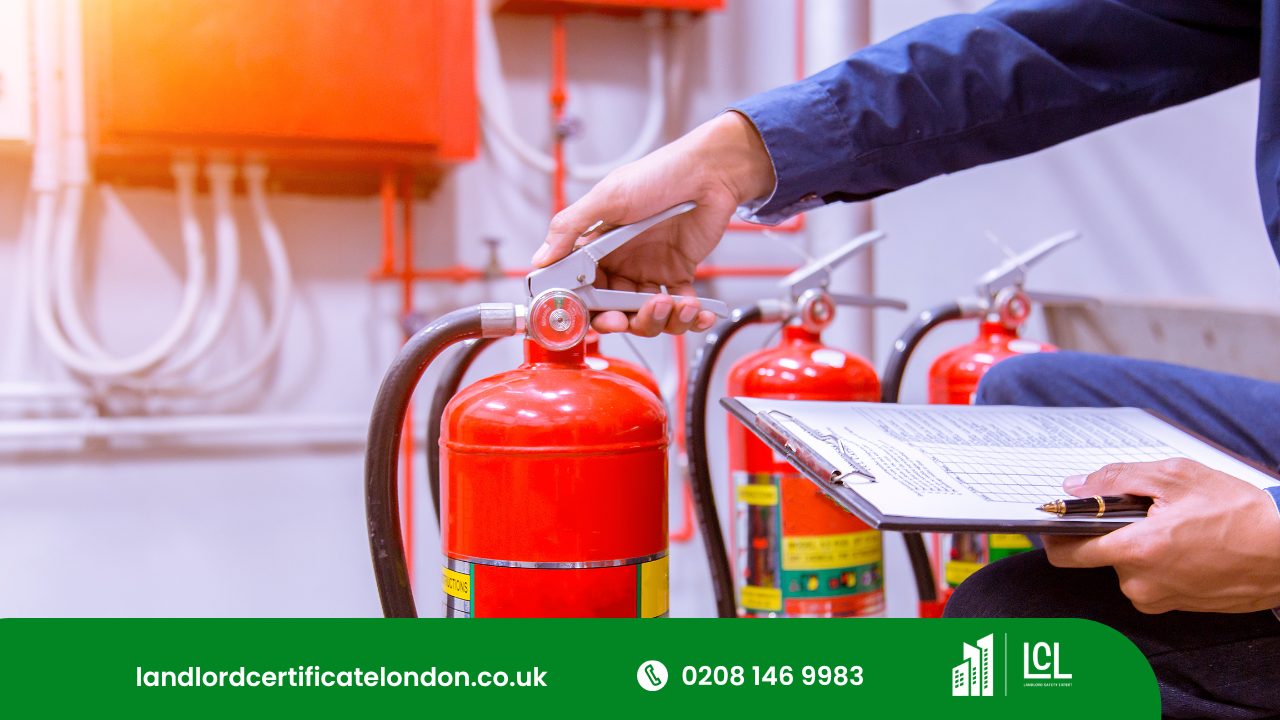
Fire extinguisher testing plays a vital role in effective fire safety management. It consists of a series of evaluations designed to ensure that extinguishers are in working order and meet current safety standards. These tests confirm that the equipment is working properly and ensure it meets all current fire safety standards. Despite their importance, the detailed procedures involved in testing are often underestimated or overlooked.
Whether you’re responsible for safety, managing a business, or overseeing a property, knowing how the process works is crucial. Understanding Fire Extinguisher Testing is important for landlords as well as homeowners to make their property safe and compliant. Without routine and proper testing, extinguishers may fail during an emergency, when they’re needed most.
- Why Fire Extinguisher Testing Is Crucial for Safety Compliance
- How Frequently Should Fire Extinguishers Be Inspected and Tested?
- Different Types of Fire Extinguisher Tests Explained
- Common Faults Discovered During Testing
- How Much Does Fire Extinguisher Testing Cost?
- Tips to Stay Compliant With Fire Safety Regulations
- Who Is Qualified to Test Fire Extinguishers?
- Legal Requirements for Fire Extinguisher Testing in the UK
- Risks of Neglecting Routine Fire Extinguisher Maintenance
- Frequently Asked Questions
- About the Author: LandlordCertificate
- Leave A Comment Cancel reply
- Accreditation
- Call Us Today:
- Email Us Today:
- Opening Hours:
Key Takeaways
This testing includes scheduled inspections and performance checks to confirm readiness and legal compliance.
- Monthly visual checks assess condition and accessibility, while certified professionals must conduct annual inspections.
- Hydrostatic testing checks the extinguisher’s cylinder to ensure it can safely withstand high-pressure conditions without leaking or bursting.
- Common issues found during tests include incorrect pressure levels and signs of corrosion.
- Maintaining thorough documentation of every test and maintenance activity is essential for ensuring both compliance and accountability.
Why Fire Extinguisher Testing Is Crucial for Safety Compliance
Although fire extinguishers are fundamental safety tools, their reliability is dependent on consistent testing and maintenance. Ensuring that extinguishers are tested regularly is not just a safety precaution; it’s a legal and regulatory necessity. Adhering to these safety practices helps protect lives and minimises the risk of property damage during fire-related incidents.
Achieving certification through professional testing also reflects a business’s or property owner’s commitment to maintaining a safe environment. This offers peace of mind to occupants, staff, and other stakeholders, knowing the equipment is ready when needed.
Additionally, while some may view the cost of testing as an expense, it should instead be considered a proactive investment in long-term safety. The potential costs, both financial and emotional, of a fire emergency greatly outweigh the relatively low price of routine inspections and maintenance.
How Frequently Should Fire Extinguishers Be Inspected and Tested?
Knowing how frequently fire extinguishers should be tested is vital to ensure they’ll function properly when an emergency arises. Taking a well-organised and consistent approach is key to ensuring reliable fire safety practices:
- Monthly Visual Checks: Conduct basic inspections to verify that the extinguisher is easily accessible, visible, and undamaged. Confirm that the pressure gauge is within the normal range and that there are no obstructions or tampering.
- Annual Professional Testing: Hire a qualified technician to perform a comprehensive examination. This includes checking for leaks, verifying the discharge mechanism, and ensuring the unit is fully functional.
- Six-Year Maintenance Intervals: Depending on the extinguisher type, a more intensive service or hydrostatic pressure test may be required every six years to assess container strength and prevent failure.
To locate certified professionals in your area, search online for “fire extinguisher testing near me” and ensure the service provider complies with national or regional fire safety codes. Following this routine helps maintain a high standard of fire safety in any setting.
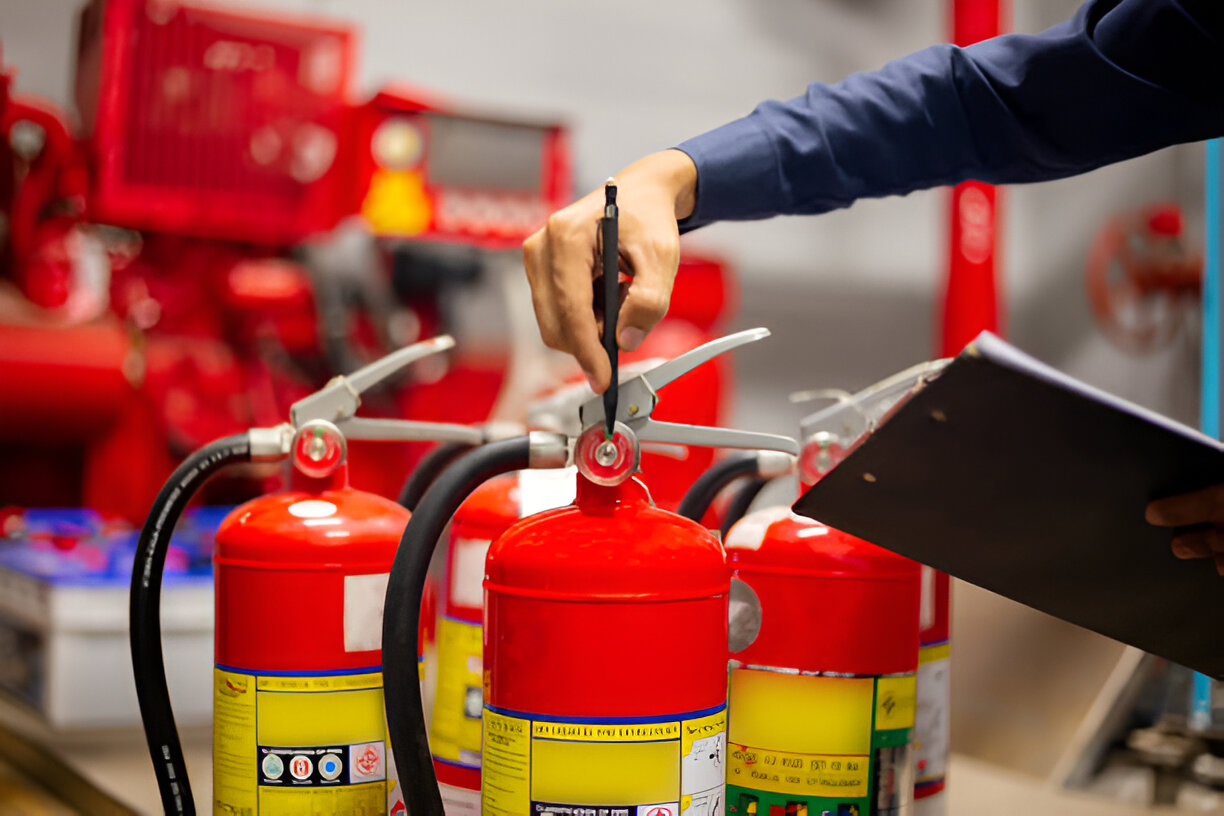
Different Types of Fire Extinguisher Tests Explained
Several test types are used to ensure fire extinguishers are fully operational. Each test is designed to assess a specific aspect of the extinguisher’s performance and condition:
- Inspection visually: The inspection involves looking for any physical damage, clogs, or signs of wear that could affect the extinguisher’s performance. Problems such as dents, corrosion, or damaged seals are spotted during inspections and promptly dealt with to maintain safety.
- Functional Test: During this test, the extinguisher may be partially discharged to confirm that it sprays effectively and uniformly under pressure.
- Hydrostatic Test: The extinguisher is subjected to high-pressure conditions to detect any weaknesses in the container’s structure. This test is mandatory at set intervals and ensures that the cylinder can withstand pressurised discharge without rupturing.
- Flow Test (for Certain Units): Some extinguishers, particularly dry chemical models, may undergo a flow test to verify that the extinguishing agent disperses correctly and without blockages.
These tests are essential in confirming that each unit will perform as expected during an emergency. Fire safety professionals and facility managers should be well-versed in each method to maintain compliance and ensure operational safety.
Common Faults Discovered During Testing
Routine testing often uncovers faults that, if left unaddressed, could compromise safety. Some of the typical problems found during inspections are:
- Pressure Imbalance: Extinguishers may be over-pressurised or under-pressurised, both of which can hinder proper discharge during use.
- Physical Damage or Corrosion: Surface corrosion, dents, or worn-out components can weaken the cylinder, increasing the risk of failure under stress.
- Outdated or Missing Inspection Tags: An extinguisher without proper documentation may indicate missed maintenance, which can result in safety violations and operational uncertainty.
Identifying these problems during regular inspections helps keep fire extinguishers safe to use, dependable in emergencies, and fully compliant with fire safety regulations. Regular maintenance also reduces the likelihood of equipment failure in high-stress situations.
How Much Does Fire Extinguisher Testing Cost?
The cost of fire extinguisher testing can differ based on factors like the type of extinguisher, the company performing the service, and your location. On average, you can expect to pay between £60 and £100, depending on the number of extinguishers in the UK.
Cost factors include:
- Type and size of extinguisher
- Number of units tested
- Additional maintenance or repairs required
- Optional services such as tagging, refills, or certification
Some providers offer discounted packages for testing multiple extinguishers at once. These bundled services can significantly reduce overall costs while ensuring comprehensive fire safety compliance.
Budgeting for this routine maintenance helps prevent more expensive emergencies down the line. Beyond cost, regular testing is a necessary investment in safeguarding lives and minimising liability.
Tips to Stay Compliant With Fire Safety Regulations
Staying compliant with fire safety laws is not just a legal obligation; it’s a critical aspect of risk management. To stay compliant with fire safety regulations, consider these three practical strategies:
- Routine Inspections: Schedule monthly and annual checks to ensure that extinguishers are in optimal condition and meet all legal requirements.
- Employee Training: Educate your team on fire safety practices, including how to operate extinguishers and follow evacuation procedures properly.
- Detailed Documentation: Keep accurate records of inspections, testing dates, technician details, and any maintenance performed. These records are vital during fire audits and regulatory checks.
Maintaining compliance through these strategies supports a safer work or living environment and helps avoid fines or legal action.
Who Is Qualified to Test Fire Extinguishers?
Fire extinguisher testing must be carried out by certified professionals who possess the required training and qualifications. Recognised safety organisations typically accredit these technicians and have comprehensive knowledge of fire safety equipment, testing standards, and relevant legislation.
Their training includes both theoretical and practical components, enabling them to:
- Inspect extinguishers for structural integrity
- Verify correct pressure levels
- Conduct hydrostatic testing
- Replace damaged or expired parts
Professionals also understand the differences among extinguisher types (e.g., foam, CO₂, powder) and are equipped to handle each according to its specifications.
Using qualified experts ensures the work is compliant and reliable while reducing the likelihood of critical errors during an emergency.

Legal Requirements for Fire Extinguisher Testing in the UK
In the United Kingdom, the Regulatory Reform (Fire Safety) Order 2005 governs fire extinguisher testing, certification and maintenance for non-domestic properties. This legislation requires employers and building owners to take responsibility for fire safety on their premises.
Key legal requirements include:
- Annual Servicing: All fire extinguishers must be professionally serviced once per year by a certified technician.
- Monthly Checks: A designated responsible person must perform visual checks to ensure that extinguishers are accessible and undamaged.
- Record Keeping: Every test or service must be logged in a fire safety logbook, including the date, findings, and name of the technician.
Failure to comply can result in enforcement action, fines, or prosecution. Staying informed and proactive helps businesses remain both safe and legally protected.
Essential Checklist for Fire Extinguisher Inspections
Use this practical checklist to perform thorough fire extinguisher inspections and stay compliant:
- Make sure the fire extinguisher is visible and easily accessible, with nothing blocking its use. Check that the pressure gauge needle is in the recommended range to confirm the extinguisher is properly pressurised.
- Inspect for physical damage, corrosion, or leaks
- Check that the safety pin is securely inserted and the tamper seal remains unbroken.
- Review the service tag for the last inspection date
- Verify that the extinguisher is firmly mounted and positioned at the proper height for easy access.
This checklist supports consistent fire safety practices and helps ensure that extinguishers are ready to operate in an emergency.
Risks of Neglecting Routine Fire Extinguisher Maintenance
Ignoring fire extinguisher maintenance can have severe consequences, both in terms of safety and liability. Here are three major risks:
- Failure in Emergencies: An unmaintained extinguisher may not function correctly, increasing the severity of fire-related incidents.
- Legal Consequences: Businesses could face fines or lawsuits if an incident occurs and extinguishers are found to be non-compliant or faulty.
- False Confidence: Relying on unchecked equipment creates a false sense of security, which can hinder proper fire response and increase risk.
Routine testing mitigates these dangers and reinforces a culture of preparedness.
Frequently Asked Questions
Can I Test My Fire Extinguisher Myself?
While it is possible to perform basic visual checks, experts strongly recommend having fire extinguishers tested by trained professionals to ensure compliance and reliability.
Are There Different Testing Requirements for Types of Extinguishers?
Yes. Each type, such as CO₂, foam, or powder, has specific maintenance and testing requirements that must be followed for proper compliance and performance.
How Long Does an Extinguisher Test Typically Take?
Each fire extinguisher typically takes between 15 and 30 minutes to test, depending on its type and how thorough the inspection needs to be.
What Documentation Do I Receive After Testing?
You will receive a detailed service report that outlines the test results, equipment condition, and any recommended repairs. This serves as legal proof of compliance and is critical for audits.
Conclusion
In conclusion, routine testing is not only a regulatory requirement but also a crucial part of ensuring the safety of any environment. By understanding the various testing procedures, recognising common faults, and hiring certified professionals, both businesses and homeowners can uphold high standards of fire protection.
Regular inspections, accurate documentation, and compliance with legal mandates greatly reduce fire-related risks. Ultimately, a proactive approach to fire extinguisher testing protects people, property, and peace of mind.
About the Author: LandlordCertificate
Related Posts
Get Social
Recent Posts
- Fire Risk Assessment Review as a Driver of Stronger Safety Control
- Comprehensive EICR London Services for Every Property
- System Planning for Large Buildings with Fire Alarm Installation
- Fire Service Fire Risk Assessment for Stronger Safety Management
- Electrical Risk Clarity Improved Through an EICR Report




